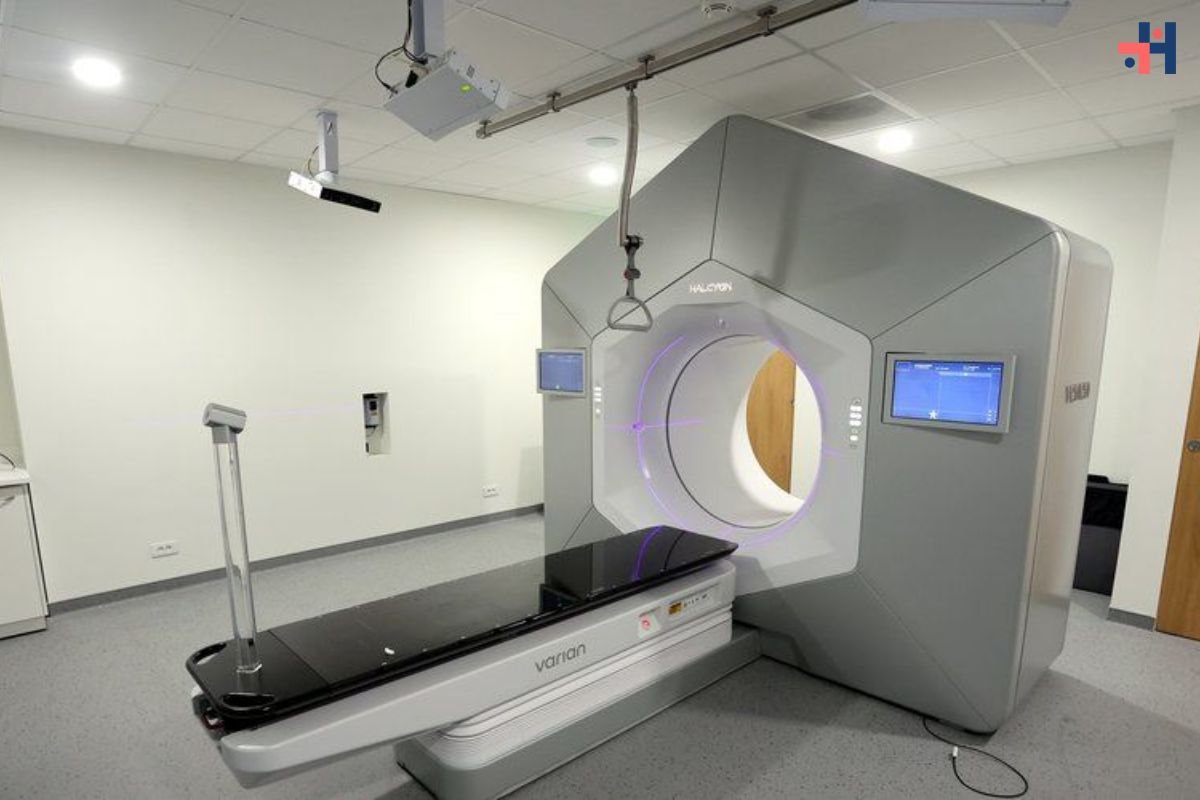Daydreaming, often dismissed as a distraction or unproductive habit, is actually a fascinating mental phenomenon with numerous benefits. While it may seem like our minds are wandering aimlessly during daydreams, they are actually engaging in a complex process that can boost creativity, problem-solving abilities, and overall well-being. In this blog, we’ll explore the science behind daydreaming, its benefits, and how to harness its power to enhance creativity and productivity.
What is Daydreaming?
Daydreaming is a spontaneous and involuntary mental activity that occurs when our minds wander away from the task at hand and enter a state of unfocused attention. During daydreams, we may find ourselves lost in thought, imagining scenarios, recalling memories, or contemplating the future. These mental wanderings can range from simple fantasies to elaborate scenarios and can occur when we’re engaged in routine tasks, such as driving, working, or even just sitting quietly.
The Science behind Daydreaming:
It is a natural function of the brain and is associated with the default mode network (DMN), a network of brain regions that becomes active when the mind is at rest and not focused on the external environment. Studies using neuroimaging techniques such as functional magnetic resonance imaging (fMRI) have shown that the DMN is involved in a variety of cognitive processes, including self-reflection, memory retrieval, and imagination, all of which are integral to day-dreaming.
Benefits of Daydreaming:
Contrary to popular belief, day-dreaming is not a waste of time but rather a valuable mental activity with several benefits:

- Enhanced Creativity: It allows our minds to roam freely and explore new ideas, leading to increased creativity and innovation. By mentally detaching from the constraints of reality, we can generate novel solutions to problems and envision possibilities that we may not have considered otherwise.
- Improved Problem-Solving Abilities: Day-dreaming engages our brains in a process known as unconscious thought, during which our minds continue to work on problems and puzzles in the background. This can lead to sudden insights and “aha” moments when we least expect them, helping us find solutions to complex problems more effectively.
- Stress Reduction: Daydreaming provides a mental escape from the stresses and pressures of daily life, allowing us to relax and unwind. By immersing ourselves in pleasant fantasies or memories, we can reduce anxiety and promote feelings of calmness and relaxation.
- Enhanced Memory Consolidation: reaming in the day is closely linked to memory consolidation, the process by which our brains strengthen and integrate new information into existing knowledge networks. By allowing our minds to wander and reflect on recent experiences, we can solidify memories and improve our ability to retain information over the long term.
- Increased Self-Awareness: It often involves introspective thoughts and self-reflection, providing valuable insights into our emotions, desires, and goals. By exploring our inner thoughts and feelings during daydreams, we can gain a deeper understanding of ourselves and our motivations, leading to personal growth and self-improvement.

Tips for Harnessing the Power of Daydreaming:
While day-dreaming occurs spontaneously, there are several strategies we can use to harness its power and leverage it to enhance creativity and productivity:
- Schedule Time: Set aside dedicated periods of time each day for day-dreaming and creative thinking. Whether it’s during a morning walk, a quiet moment before bed, or a break during the workday, carve out time to let your mind wander freely and explore new ideas.
- Keep a Dream Journal: Keep a notebook or journal handy to capture any insights, ideas, or inspirations that arise during daydreams. Writing down your thoughts and reflections can help you clarify your ideas and turn them into actionable plans.
- Engage in Mindful Daydreaming: Practice mindfulness techniques such as deep breathing, meditation, or progressive muscle relaxation to quiet your mind and enter a state of relaxed awareness. This can help you focus your daydreams and channel them toward specific goals or objectives.
- Stimulate Your Imagination: Surround yourself with stimuli that inspire creativity and imagination, such as art, music, nature, or literature. Exposing yourself to new ideas and experiences can fuel your daydreams and spark innovative thinking.
- Embrace Boredom: Allow yourself to experience moments of boredom without immediately reaching for your phone or other distractions. Boredom can be a fertile ground for daydreaming and creative thinking, so embrace it as an opportunity to let your mind wander.

Conclusion:
Daydreaming is a natural and valuable mental activity that offers numerous benefits for creativity, problem-solving, and overall well-being. By understanding the science behind daydreaming and adopting strategies to harness its power, we can unlock our full creative potential and enhance our productivity in both work and life. So, the next time you find your mind wandering, embrace it as an opportunity to explore new ideas, solve problems, and tap into your imagination.










